Above left: In the 1970s, Holley, owned by Colt Industries, sold spark plugs under the Holley name as depicted in this June 1974 Popular Hot Rodding magazine advertisement. Hitachi, Ltd manufactured the plugs. The plugs contained a high-nickel electrode, a copper core, and an increased gas space area, which were advanced technology for the era. Billy Stepp’s Mopars took advantage of the Holley spark plug knowledge. Above right: With sixteen Holley spark plugs installed in the Hemi cylinder heads, Stepp’s Duster’s quarter mile elapsed times dropped into the 8.90s at over 150 mph. The spark plugs provided Stepp’s drivers the winning edge at multiple International Hot Rod Association (IHRA) races.
Holley has made their name over the last 100 years by developing high-quality industry-leading carburetors, electronic fuel injection (EFI), and related fuel system components. While Holley currently offers ignition pieces through its corporate sister companies (Accel, Mallory, and MSD), did you know Holley, when under the Colt Industries umbrella in the 1970s, sold ignition parts as part of the Holley Carburetor Division? Holley even marketed their brand of spark plugs as depicted in this June 1974 Popular Hot Rodding magazine advertisement.
When Pro Stock eliminator was introduced in 1970, a colorful character named Billy Stepp wanted to mix it up with the big hitters. For the 1971 season, he prepared a Challenger, which was his first in a series of “Billy the Kid” Mopar Pro Stockers. Every Stepp Mopar was known as a hard runner, and part of the team’s winning edge was the reliable and quality Holley spark plugs. While Stepp did not drive his rides, during the early 1970s, he relied upon the wheel-handling skills of Dick Humbert and Stuart McDade, followed by Bobby Yowell and Melvin Yow during the mid to late-1970s.

Above: In 1971, Stepp decided to mix it up with the heavy-hitters in Pro Stock. Dick Humbert handled the driving chores of the 1971 Challenger. The cutting-edge transporter of the day was a heavy-duty Dodge D-series crew cab ramp truck with multiple storage areas to carry all the components necessary to keep Stepp’s Challenger competitive. (Photographer unknown)
Other hot shoes, such as Ronnie Sox and Don Carlton, had opportunities to strap on the belts and wheel various “Billy the Kid” Mopars. Super-tuner Paul Frost was tasked with keeping the factory stroke 426 (or the destroked 396) Hemi in competition tune. He found screwing sixteen Holley copper-core spark plugs into the Hemi cylinder heads kept the engine running strong while reducing fouling or misfire concerns.
Stepp’s cars had sporadic accomplishments at the National Hot Rod Association (NHRA) points races. However, at the International Hot Rod Association (IHRA) races, Stepp and his drivers had plenty of success during the ‘72 through ‘75 seasons with several Demons and Dusters. Stepp embraced the Pro Stock downsizing direction of the class with compact sized Arrows and Colts to remain relevant in the ’76 to ’78 seasons.
Above left: Dick Humbert wheeled the first “Billy the Kid” Challenger down the tarmac. Stepp’s Mopars were not overly successful at National Hot Rod Association (NHRA) points races, but Stepp did very well with the lucrative best of three match racing held throughout the USA in the 1970s. (Photographer unknown) Above right: Although Stepp’s Pro Stock team started with an E-body, most of the Chrysler teams moved to the smaller A-bodies. Stepp followed the trend of running Demons and Dusters through the mid-70s. This Duster is highly-refined to take advantage of any winning edge that could be found. By this time, the Pro Stockers were less stock than the original 1970 models (the class’ inaugural year). (Photographer unknown)

Stepp also had many triumphs running his Mopars against the GM and Ford products running the lucrative match-racing circuit during the 1970s. More than a decade after the end of the Pro Stock weight-break era, Stepp returned with a 500-cubed Avenger for the 1995 season. With limited success, Stepp moved away from direct involvement with any racing effort. In 2008, Stepp passed away.
The Holley spark plugs were made exclusively for Holley by Hitachi, Ltd. The plugs featured a copper alloy center electrode, which offered an efficient conduction path for less current loss in the plug. The higher current meant increased ignition performance, better efficiency, increased torque and horsepower, and improved throttle response. The Holley/Hitachi partnership ended when Holley Performance Products was sold in 1998.
Although Holley no longer sells spark plugs under its name, it remains relevant in the automotive industry. Holley markets carburetors, EFI, intake manifolds, fuel pumps, water pumps, accessory drive pulleys, and engine dress-up components. With several automotive companies under the Holley umbrella, Holley will have what you need no matter what component it may be.



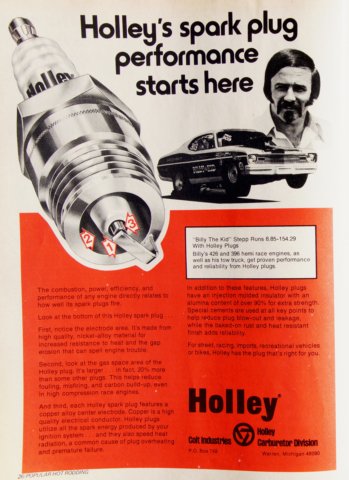
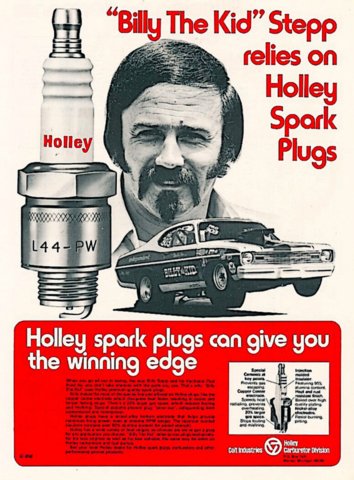

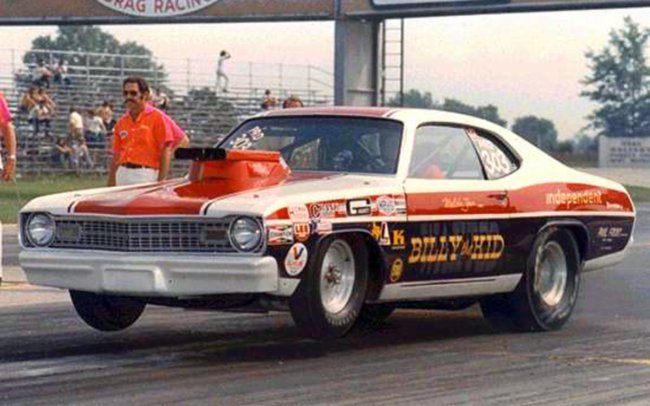
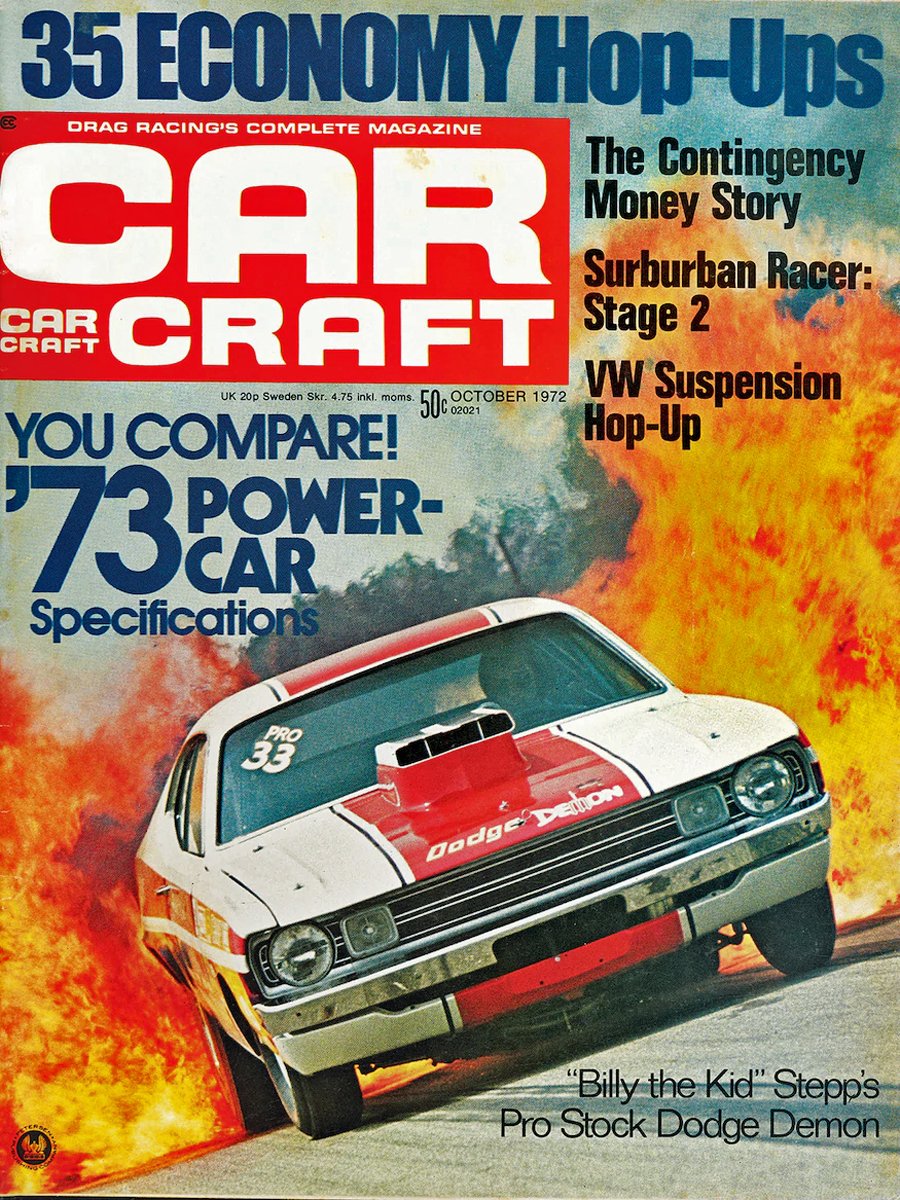
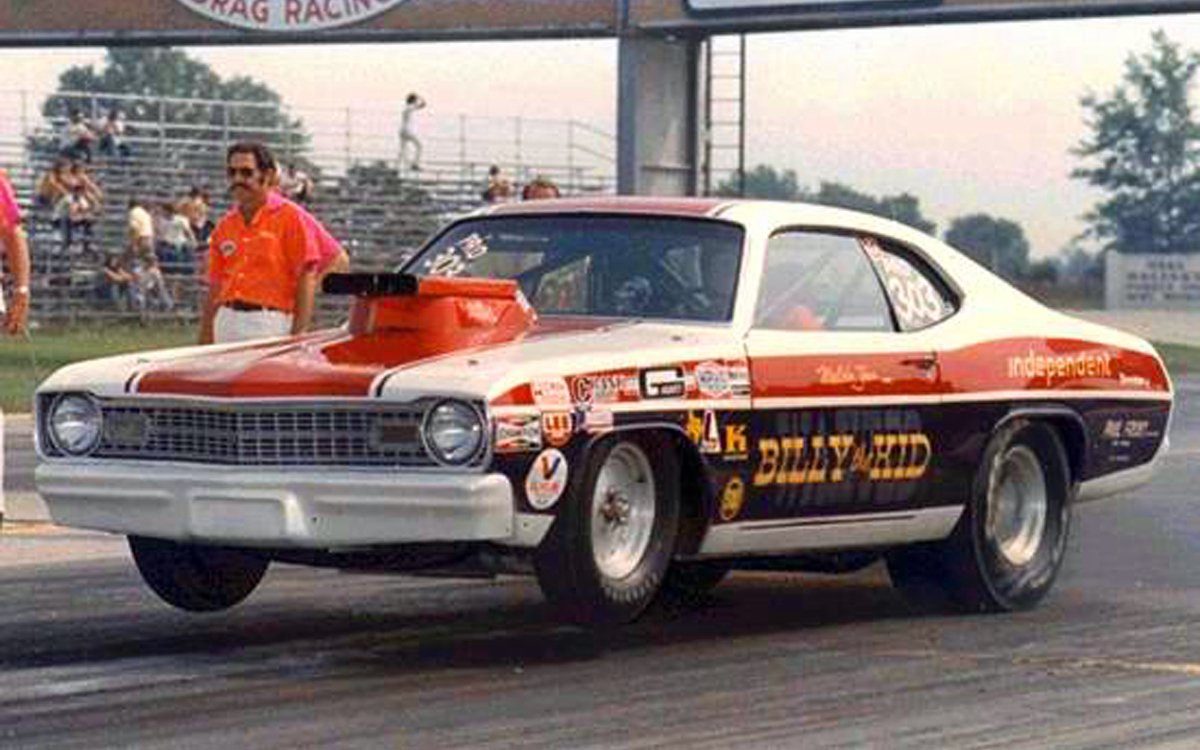
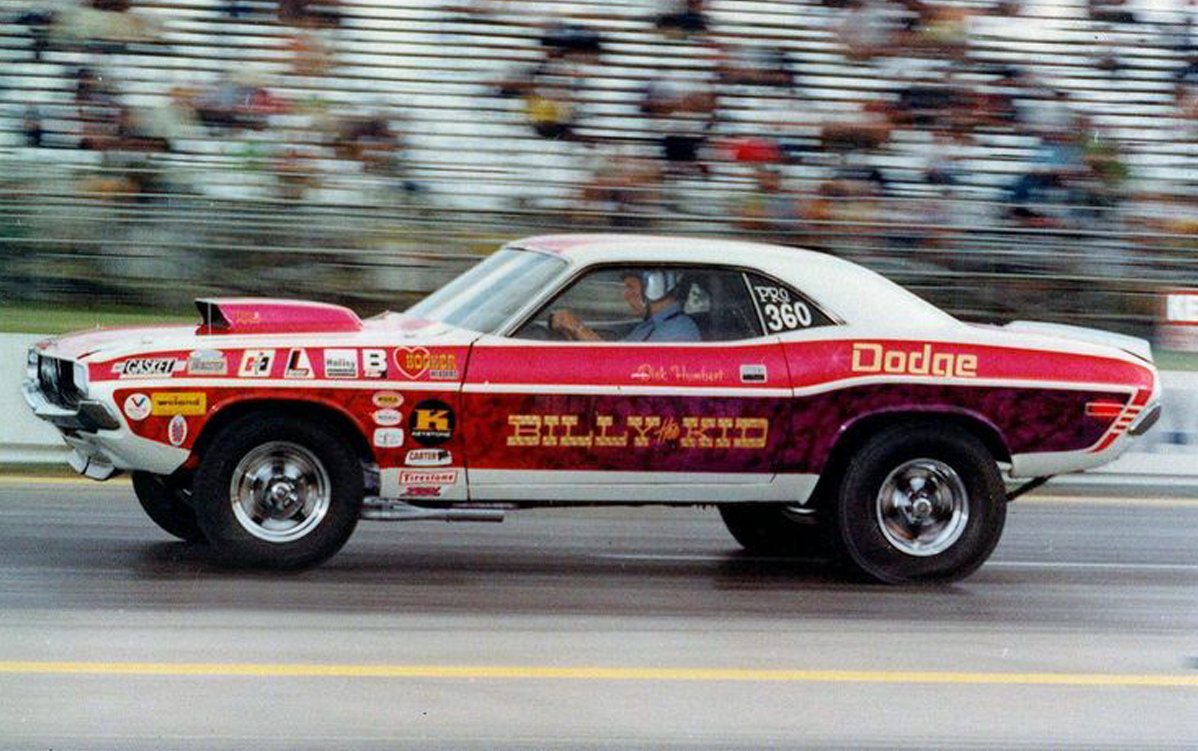
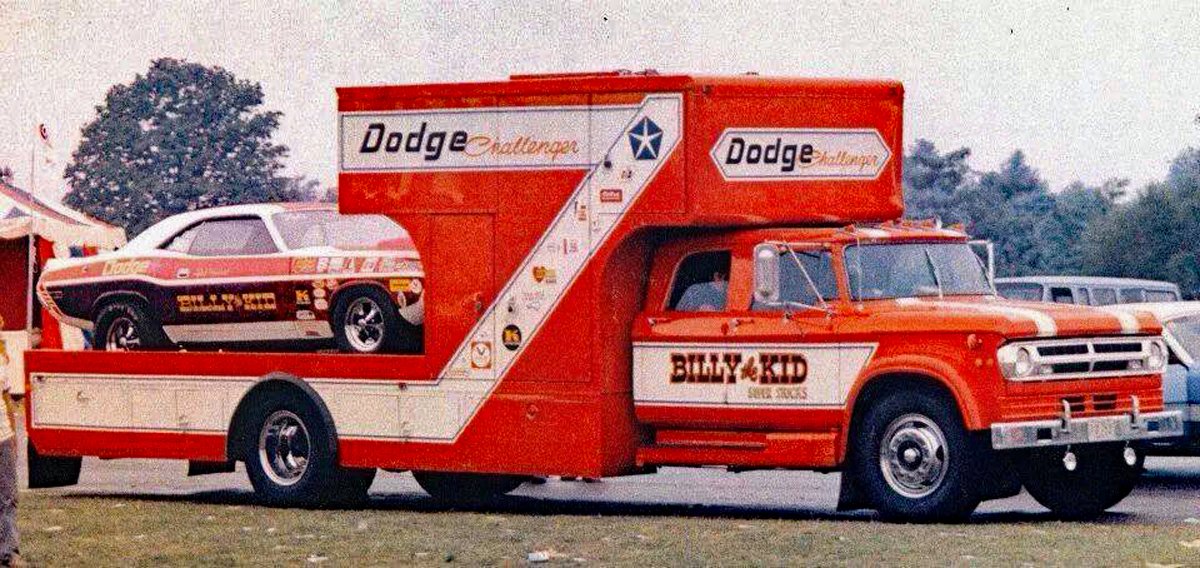
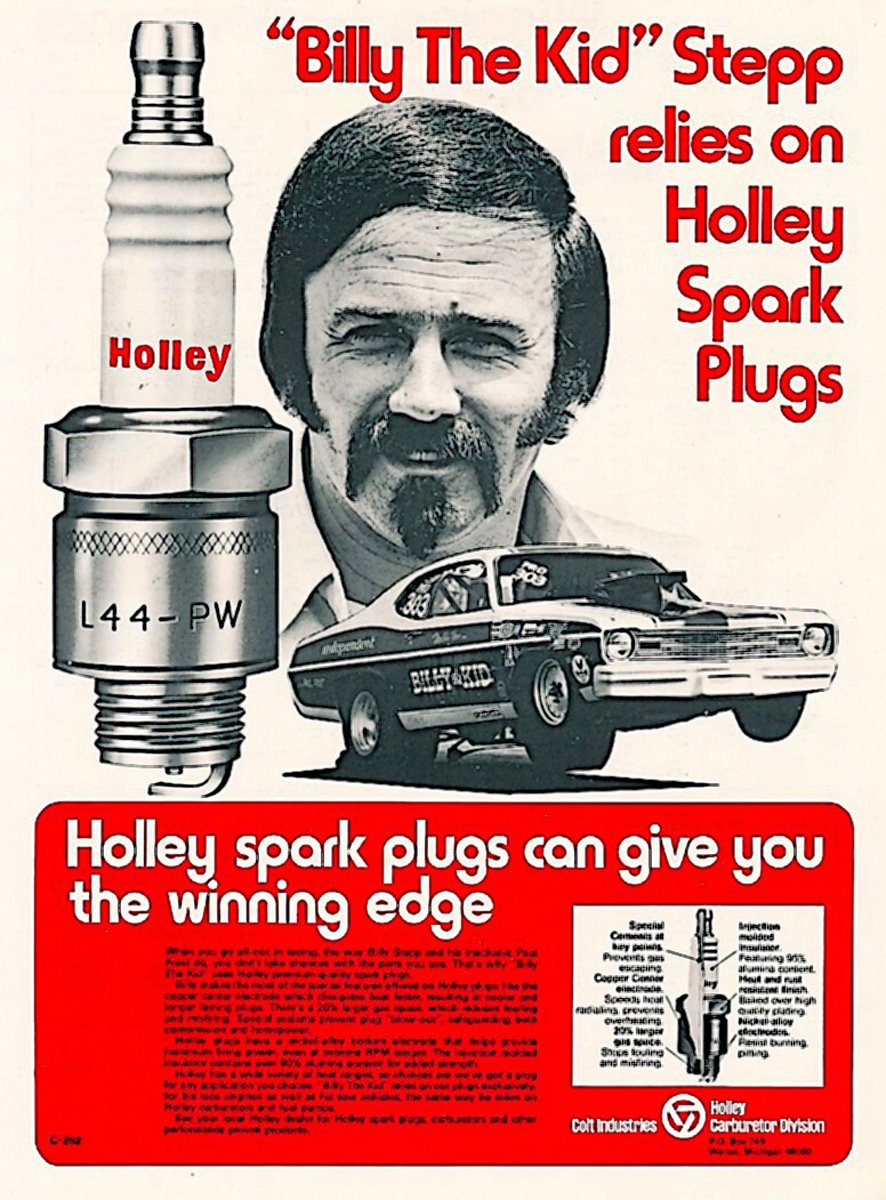
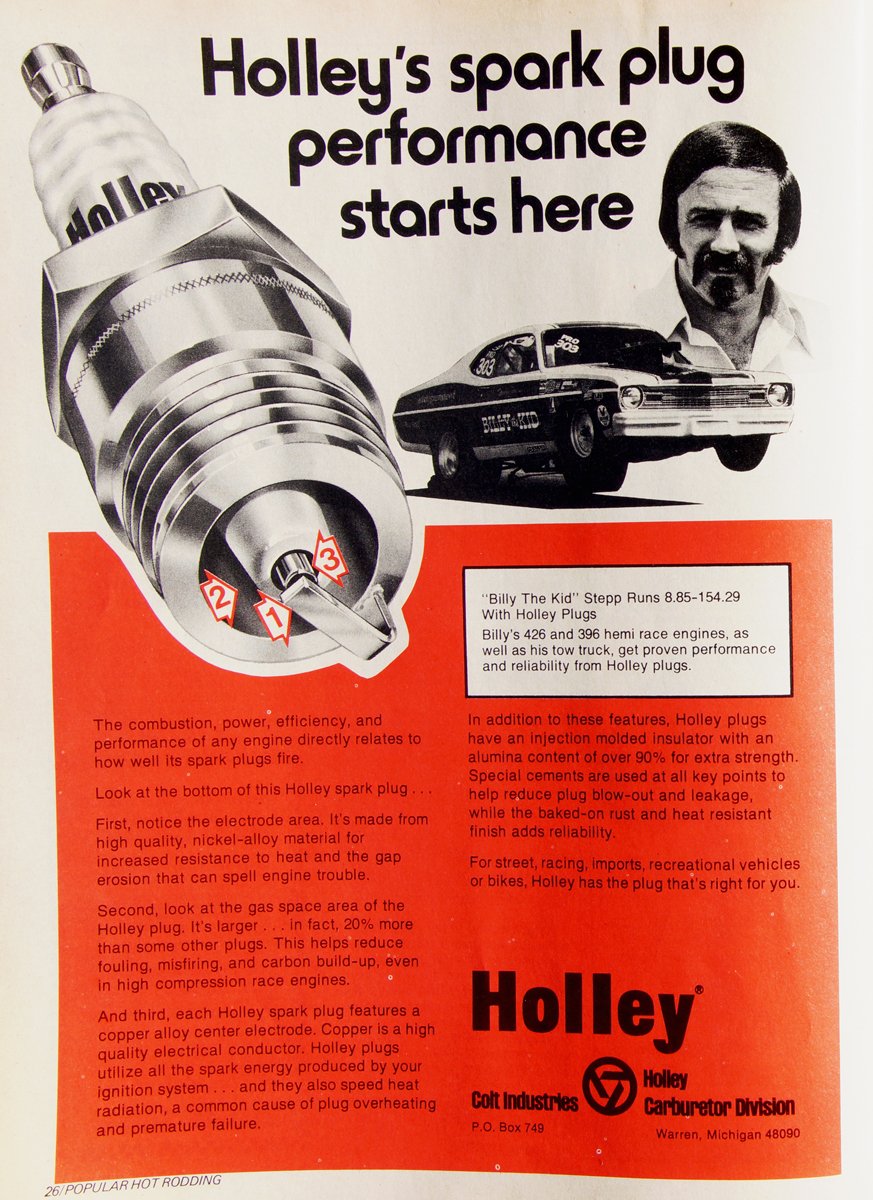

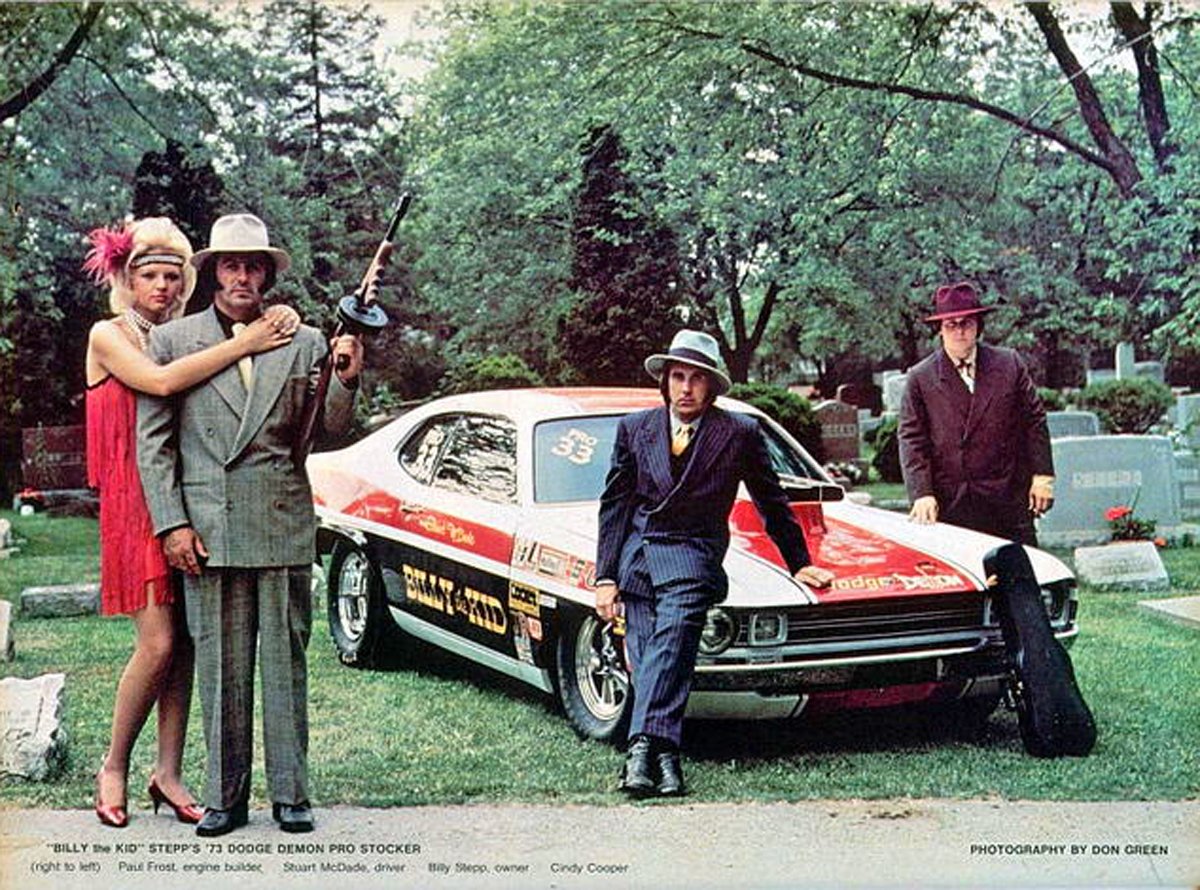

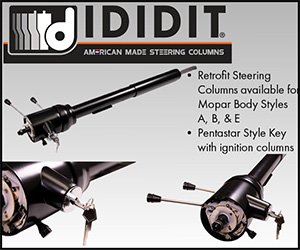
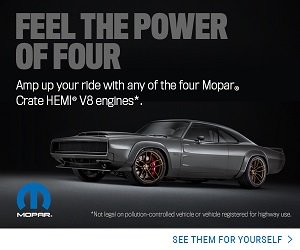
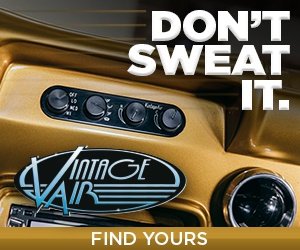

I saw Melvin Yow drive Billy’s Duster at the ’74 Gatornationals, and as I recall he did very well, going much further into the late rounds than we expected.